Complete Solutions to SECTION-C of chapter GENETICS AND EVOLUTION of Class 12 book with complete answers and questions
| Class 12 | BIOLOGY |
| Chapter | GENETICS AND EVOLUTION |
| TRUEMAN BIOLOGY | SECTION-C |
| Number Of Questions | 45 |
| Academic Year | 2023-24 |
(i) What does this diagrammatic sketch depict?
(ii) Identify a' and 'b
(iii) Name the widely used diagnostic test when a person gets this disease.
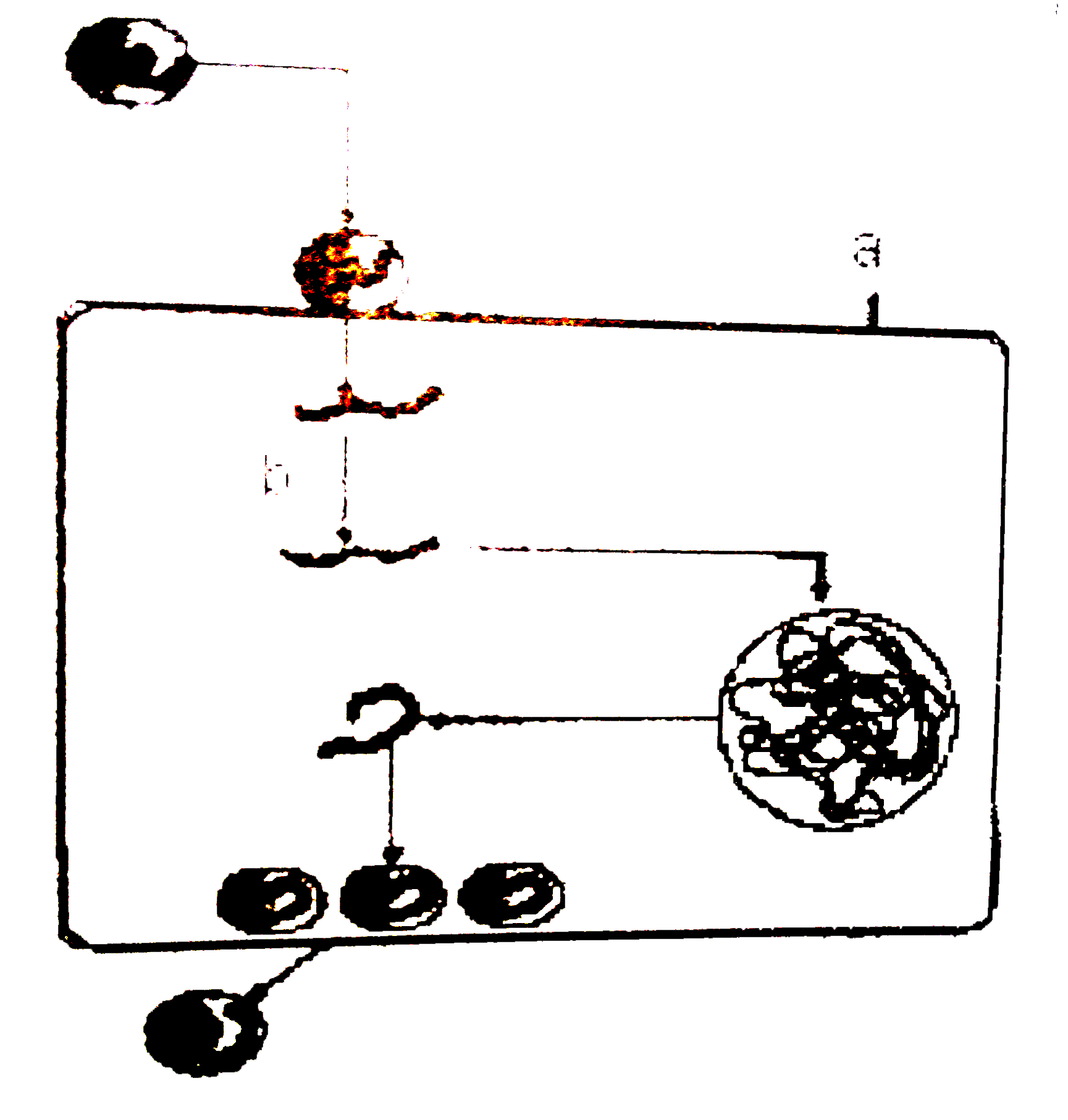
View SolutionA 3' ______________ 5' B
C 5' _______________ 3'D
AB and CD represent two strands of a DNA molecule. When this molecule undergoes replication, forming a replication fork between A and C in the above.
(i) Name the template strands for replication.
(ii) Using which strand as the template, will there be continuous synthesis of a complementary DNA strand?
(iii) Complementary to which strand will Okazaki segments get synthesised and discontinuous synthesis will occur
(iv) What are template strands and Okazaki pieces?
(v) In which direction is a new strand synthesized?
View SolutionIn the following diagram the two DNA strands represented are ready for transcription
(i) Label the parts marked 1 to 4
(ii) Which one of the two strands of DNA has nucleotide sequence similar to the mRNA that will be transcribed and why ?
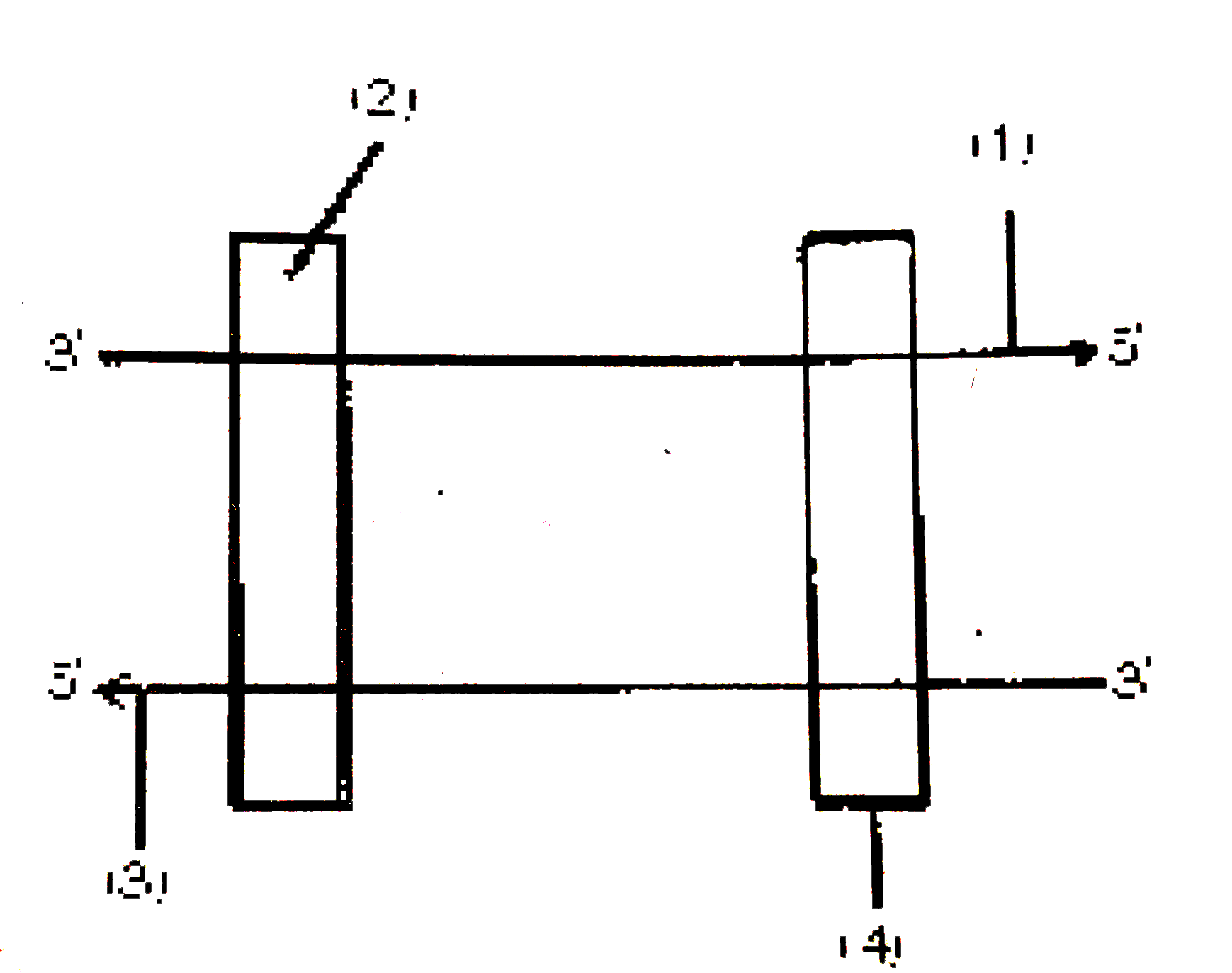
View SolutionWhat are types of sex-linkage?
View SolutionA non-haemophilic couple was informed by their doctor that there is possibility of a haemophilic child be born to them. Explain the basis on which the doctor conveyed this information. Give the genotypes and the phenotypes of all the possible children who could be born to them.
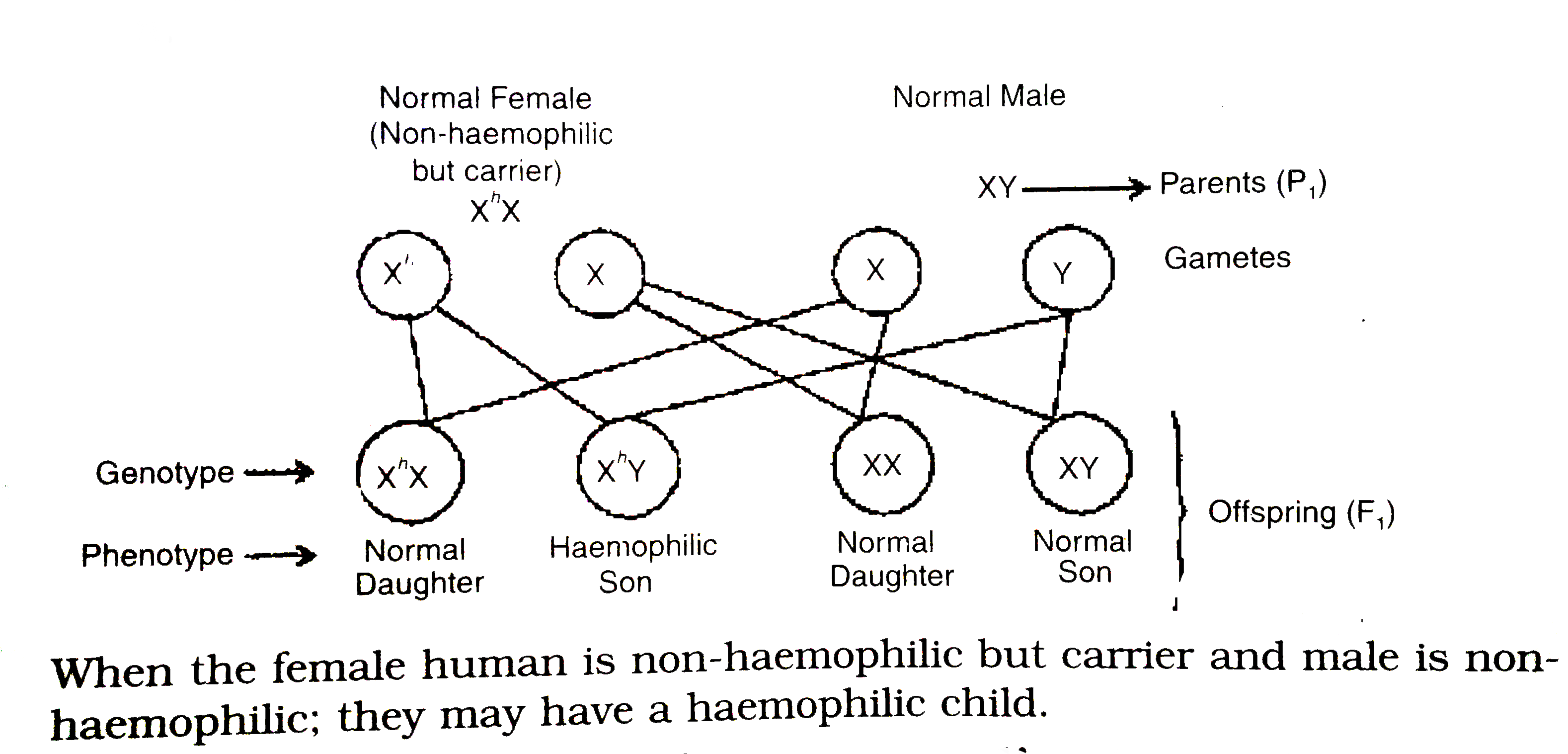
View SolutionWhat is 'semi- conservative' DNA replication ? How was it experimentally proved and by whom ?
View SolutionA homozygous tall pea plant with green seeds is crossed with a dwarf pea plant with yellow seeds.
(i) What would be the phenotypeand genotype of `f_(1)` ?
(ii) Work out the phenotypic ratio of `F_(2)` generation with the help of a punnet square.
View SolutionHaemophilia is a sex linked recessive disorder of humans. The pedigree chart given below shows the inheritance of Haemophilia in one family. Study the pattern of inheritance and answer the questions given.
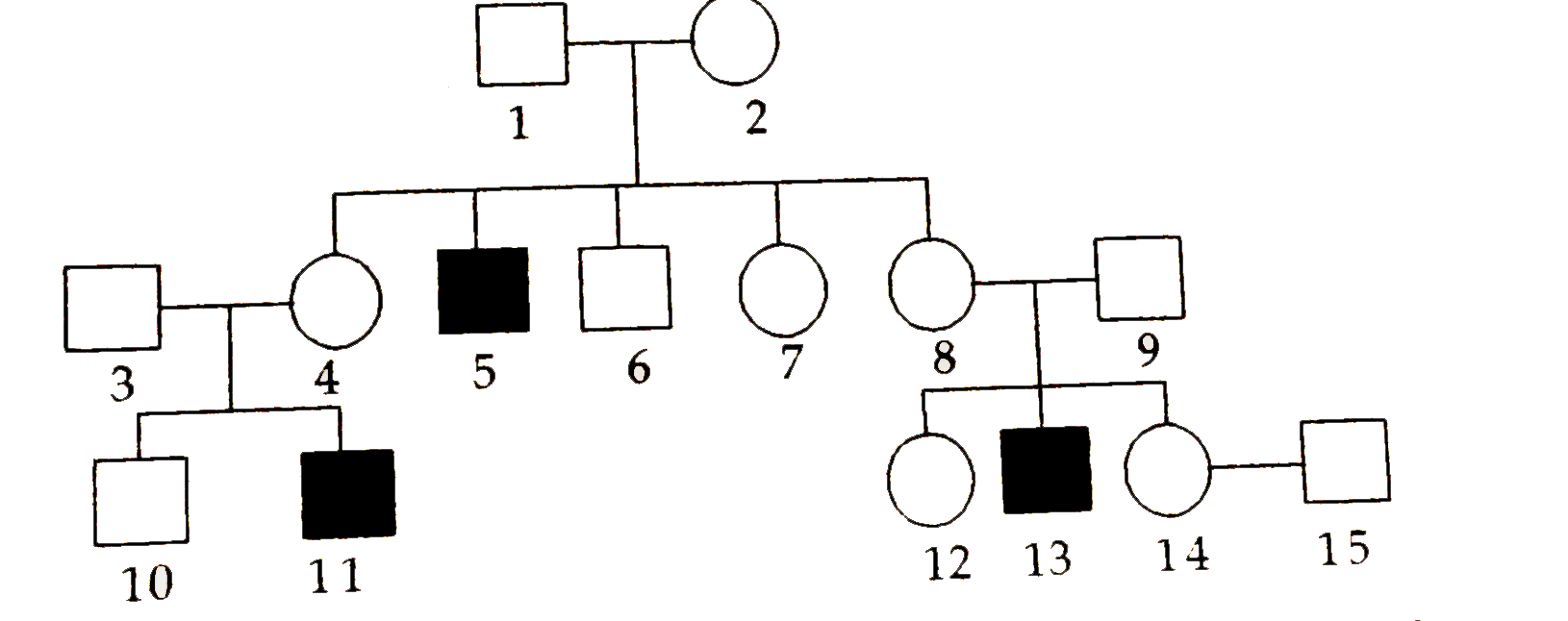
(a) Give all the possible genotypes of the members 4, 5 and 6 in the pedigree chart.
(b) A blood test shows that the individual 14 is a carrier of gaemophilia. The member numbered 15 has recently married the member numbered 14. What is the probability that their first child will be a haemophilic male ? Show with the help of Punnett square.
View SolutionInheritance pattern of ABO blood groups in humans shows dominance. codominance and multiple allelism. Explain each concept with help of blood group genotypes.
View Solution(a) What is this diagram representing?
(b) Name the parts a, b and c.
(c) In the eukaryotes the DNA molecules are organized within the nucleus. How is the DNA molecule organized in a bacterial cell in absence of a nucleus?
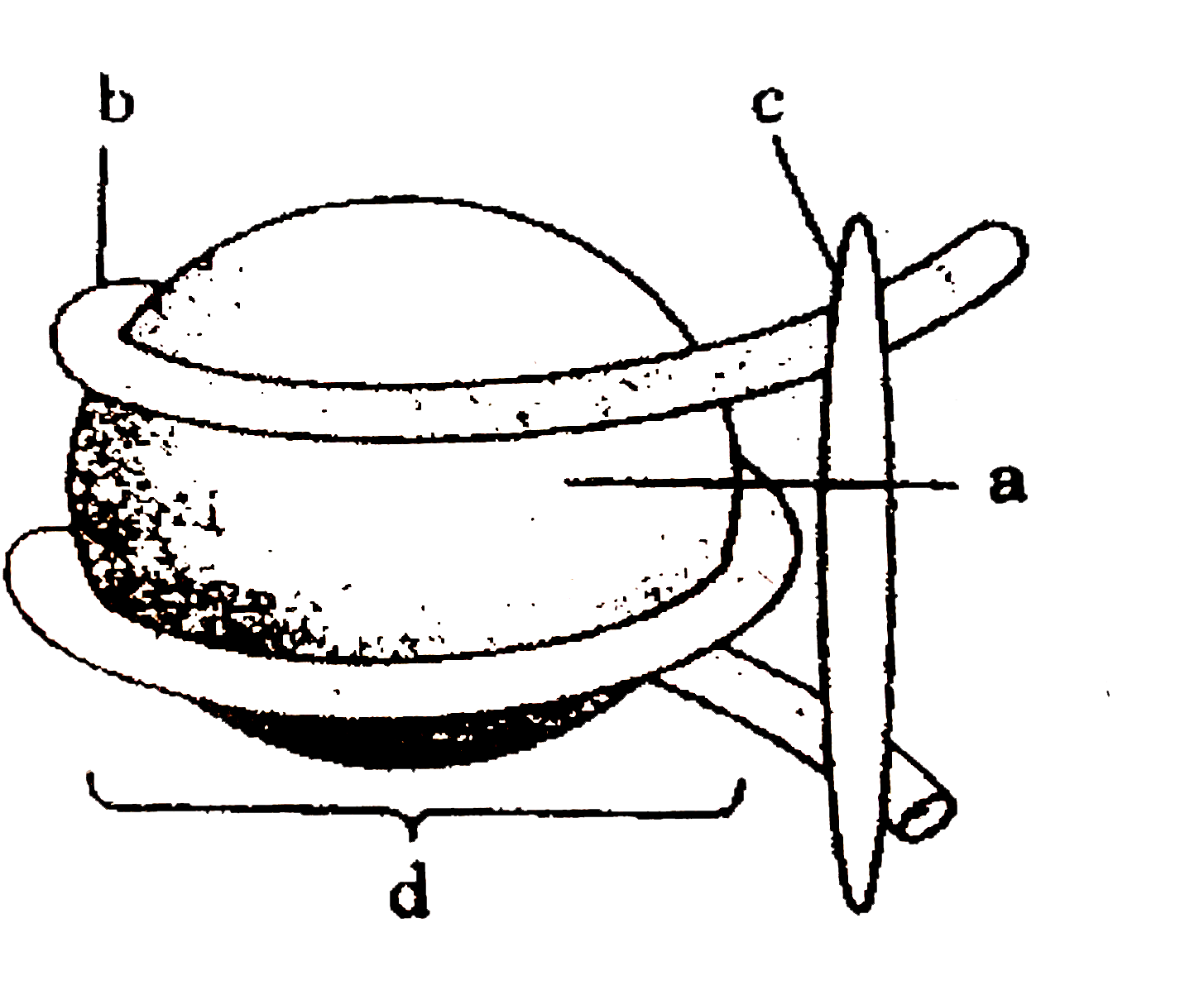
View Solution(a) In human genome which one of the chromosomes has the most genes and which one has the fewest?
(b) Scientists have identified about 1.4 million single nucleotide polymorphs in human genome. How is the information of their existence going to help the scientists?
View SolutionStudy the pedigree chart given, showing the Inheritance pattern of blood groups in a family and answer the following questions

(a) Give the possible genotypes of the individuals 1 and 2.
(b) Which antigen or antigens will be present on the plasma membranes of the RBC's of individuals 5 and 9.
(c) Give the genotypes of the individuals 3 and 4.
View SolutionWhy are `F_(2)` phenotypic and genotypic ratios same in a cross between red- flowered snapdragon and white-flowered snapdragon plants. Explain with the help of a cross.
View Solution(i) Why are grasshopper and Drosophila said to show male heterogamity ? Explain.
(ii) Explain female heterogamity with the help of an example.
View SolutionWhy is tRNA called an adapter molecule?
View Solution(i) List the chromosomal disorders a human may suffer from if karyotype analysis of the individual shows 47 chromosomes instead of normal 46
(ii) Explain the cause that results in the gain of chromosome number.
(iii) Mention the symptoms of any one the disorders an individual can suffer from
View SolutionHow are dominance, codominance and incomplete dominance patterns of inheritance different from each other?
View SolutionA pea plant with purple flowers was crossed with white flowers producing all 50 plants with only purple flowers. On selfing, these plants produced 482 plants with purple flowers and 162 with white flowers. What genetic mechanism accounts for these results? Explain.
View Solution(i) Name the enzyme that catalysis the transcription of hnRNA.
(ii) Why does the hnRNA need to undergo changes?
(iii) List the changes hnRNA undergoes and where in the cell such changes take place?
View SolutionUnambiguous, universal and degenerate are some of the terms used for the genetic code. Explain the salient features of each one of them.
View Solution(a) Name the scientist who called t-RNA an adapter molecule.
(b) Draw a clover leaf structure of t-RNA showing the following:
(i) tyrosine attached to its amino acid site
(ii) anticodon for this amino acid in its correct site (codon for tyrosine Is UAC)
(c) What does the actual structure of t-RNA look like?
View SolutionDuring the studies on genes in Drosophila that were sex-linked T.H. Morgan found F2-population phenotypic ratios deviated from expected 9 : 3 : 3 : 1. Explain the conclusion he arrived at.
View SolutionExplain the rnechanism of sex determination in insects like Drosophila and grasshopper.
View SolutionWho determines the sex of an unborn child? Mention whether temperature has a role in sex determination.
View SolutionThe following is the flow chart highlighting the steps in DNA finger printing technique. Identify a, b, c, d, e and f.

View SolutionStudy the given pedigree chart showing the pattern of blood group inheritance in a family
(a) Given the genotype of the following:
(i)Parents
(ii) The individual 'X' in second generation
(b) State the possible blood groups of the individual 'Y' in third generation
(c) How does the inheritance of this blood group explain codominance?
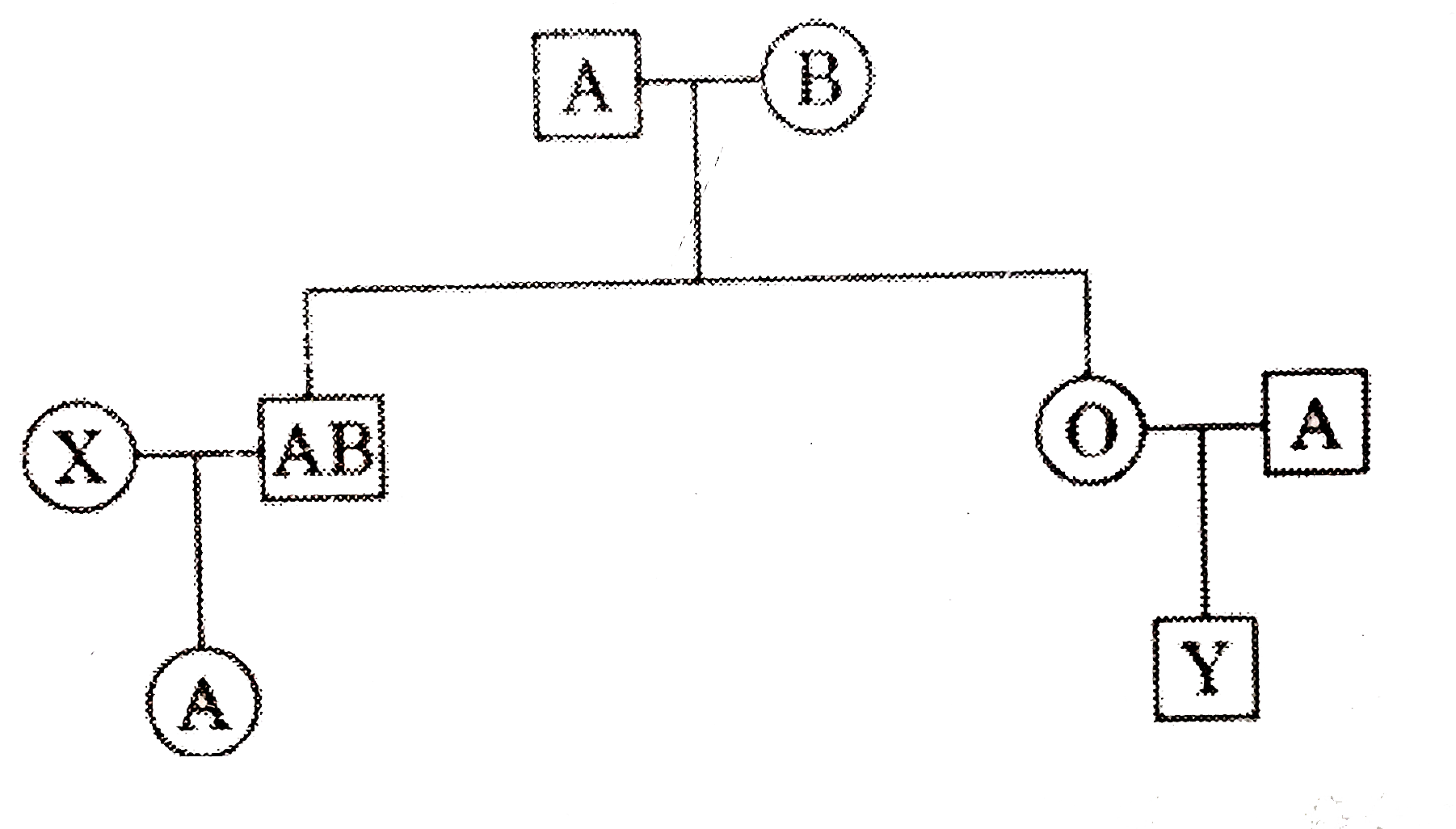
View Solutiona) Construct a complete transcription unit with promoter and terminator on the basis of hypothetical template strand given below

(b) Write the RNA strand transcribed from the above transcription unit along with its polarity
View SolutionWhat is the genetic basis for proof that codon is a triplet?
View SolutionWhat are Satellite DNA in a genome? Explain their role in DNA fingerprinting.
View SolutionDescribe the structure of an RNA polynucleotide chain having four different types of nucleotides.
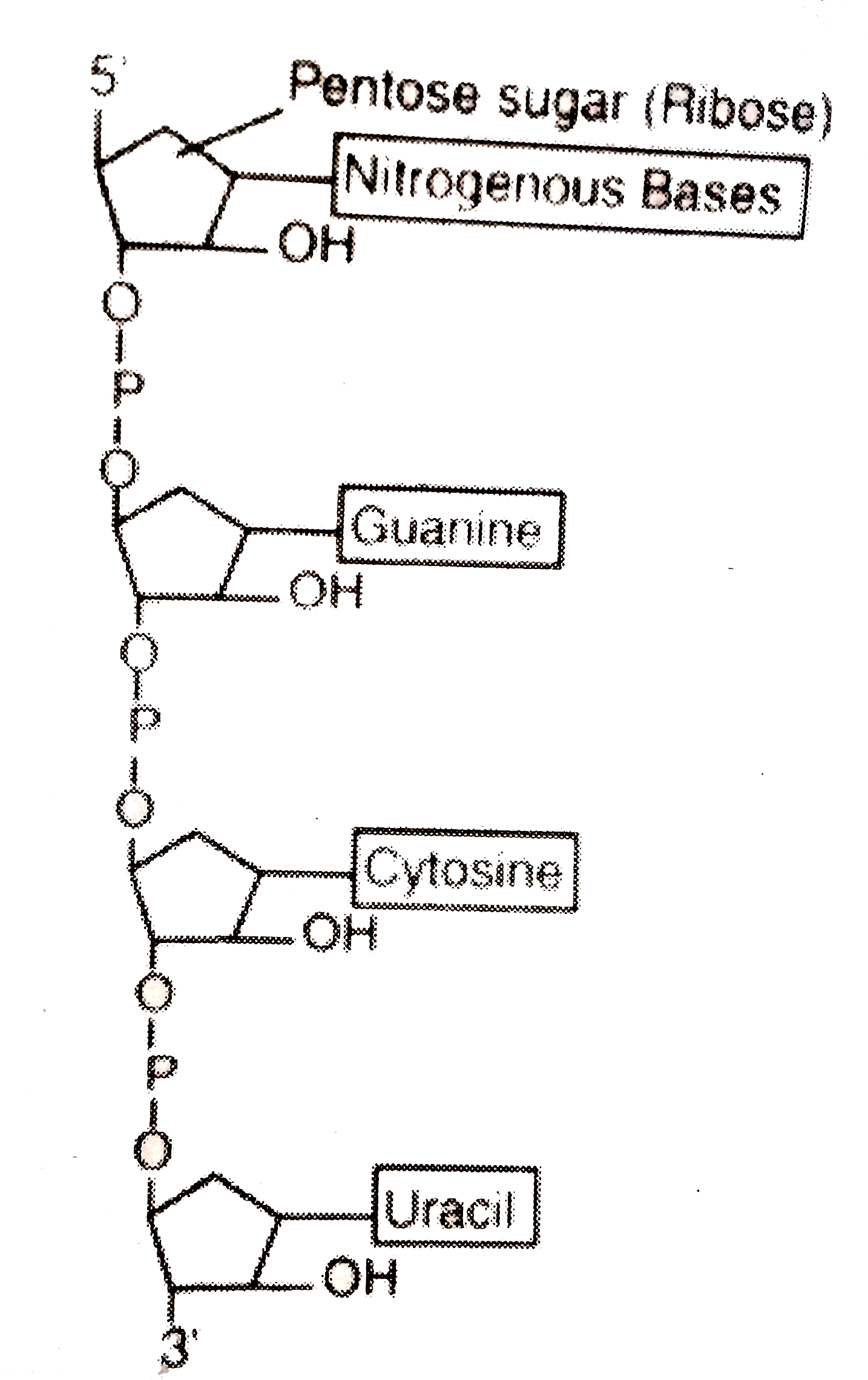
View SolutionWhy are human females rarely haemophilic? Explain. How do haemophilic patients suffer?
View SolutionIn a maternity clinic, for some reasons the authorities are not able to hand over the two new-borns to their respective real parents. Name and describe the technique that you would suggest to sort out the matter.
View Solutiona) Explain DNA polymorphism as the basis of genetic mapping of human genome.
b) State the role of VNTR in DNA fingerprinting.
View SolutionExplain codominance taking an example of human blood groups in the population.
View Solution(a) State Hardy Weinberg principle. Name any two factors which affect it.
(b) Draw a graph to show that natural selection leads to directional change.
View Solution"A population has been exhibiting genetic equilibrium". Answer the following with regard to the above statement.
(i) Explain the above statement.
(ii) Name the underlying principle.
(iii) List any two factors which would upset the genetic equilibrium of the population.
(iv) Take up any one such factor and explain how the gene pool will change due to that factor
View SolutionIn the 1950s, there were hardly any mosquitoes in Delhi. The use of the pesticide DDT on standing water killed their larve. It is believed that now there are mosquitoes because they evolved DDT resistance through the interaction of mutation and Natural Selection. Pointwise. state in a sequence how that could have happened.
View SolutionDiscovery of Lobefins is considered very significant by evolutionary biologists. Explain.
View SolutionStudy the figure and answer the following

(a)Write your observations on the variations seen in the Darwin's finches shown above .
(b)How did Darwin explain the existance of different varietie of finches on Galapagos Islands ?
View Solution(a) Rearrange the following in an ascending order of evolutionary tree: Reptiles. salamander, lobe fins and frogs (b) Name two reproductive characters that probably make reptiles more successful than amphibians.
View Solution(a) What is adaptive radiation.
(b) Explain with the help of suitable example where adaptive radiation has occurred to represent convergent evolution.
View SolutionStudy the figures below and answer the following :
(a)Mention the specific geographical region where these organisms are found.
(b)Name and explain the phenomenon that has resulted in the evolution of such diverse species in the region.
(c )Explain giving reasons the existance of placental wolf and Tasmanian wolf sharing the same habitat.
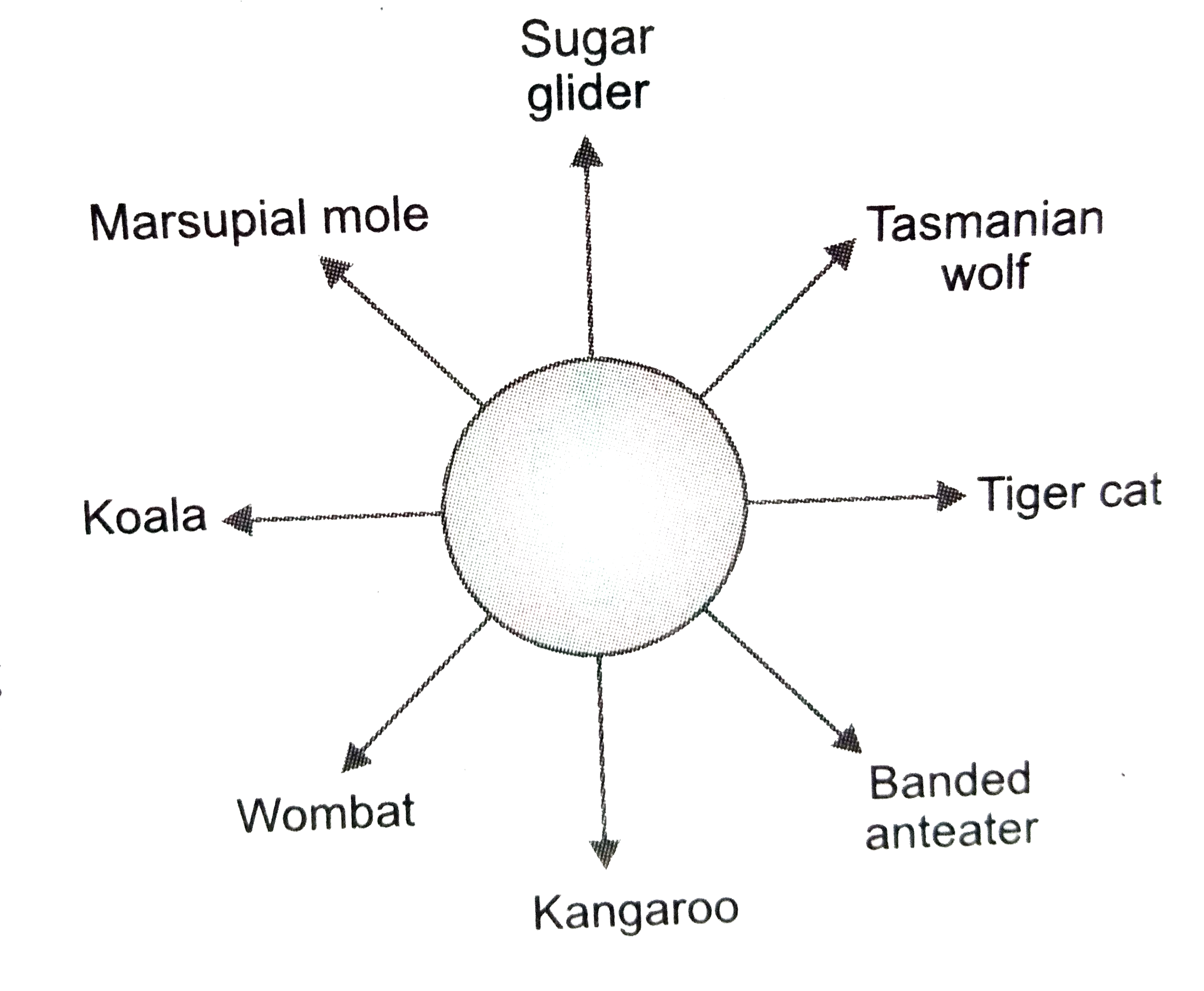
View SolutionBranching descent and natural selection are the two key concepts of Darwinian Theory of Evolution. Explain each concept with the help of a suitable example.
View SolutionWith the help of any two suitable examples explain the effect of anthropogenic actions on organic evolution.
View SolutionExplain the increases in the numbers of melanic(dark winged) moths in the urban areas of post-industrialisation period in England.
View Solution
SECTION-C questions and complete solutions for chapter GENETICS AND EVOLUTION of TRUEMAN'S BIOLOGY (ENGLISH) of Class 12